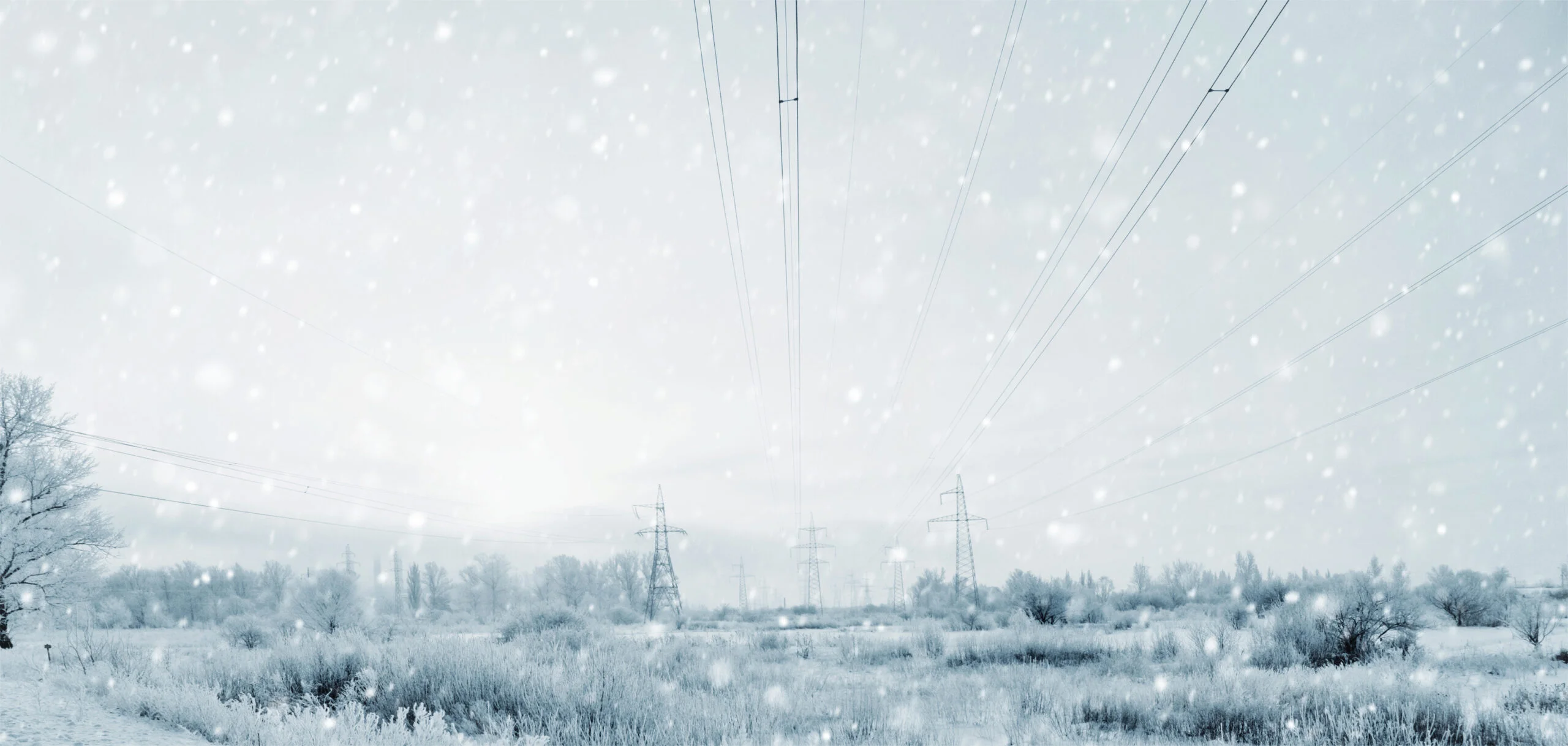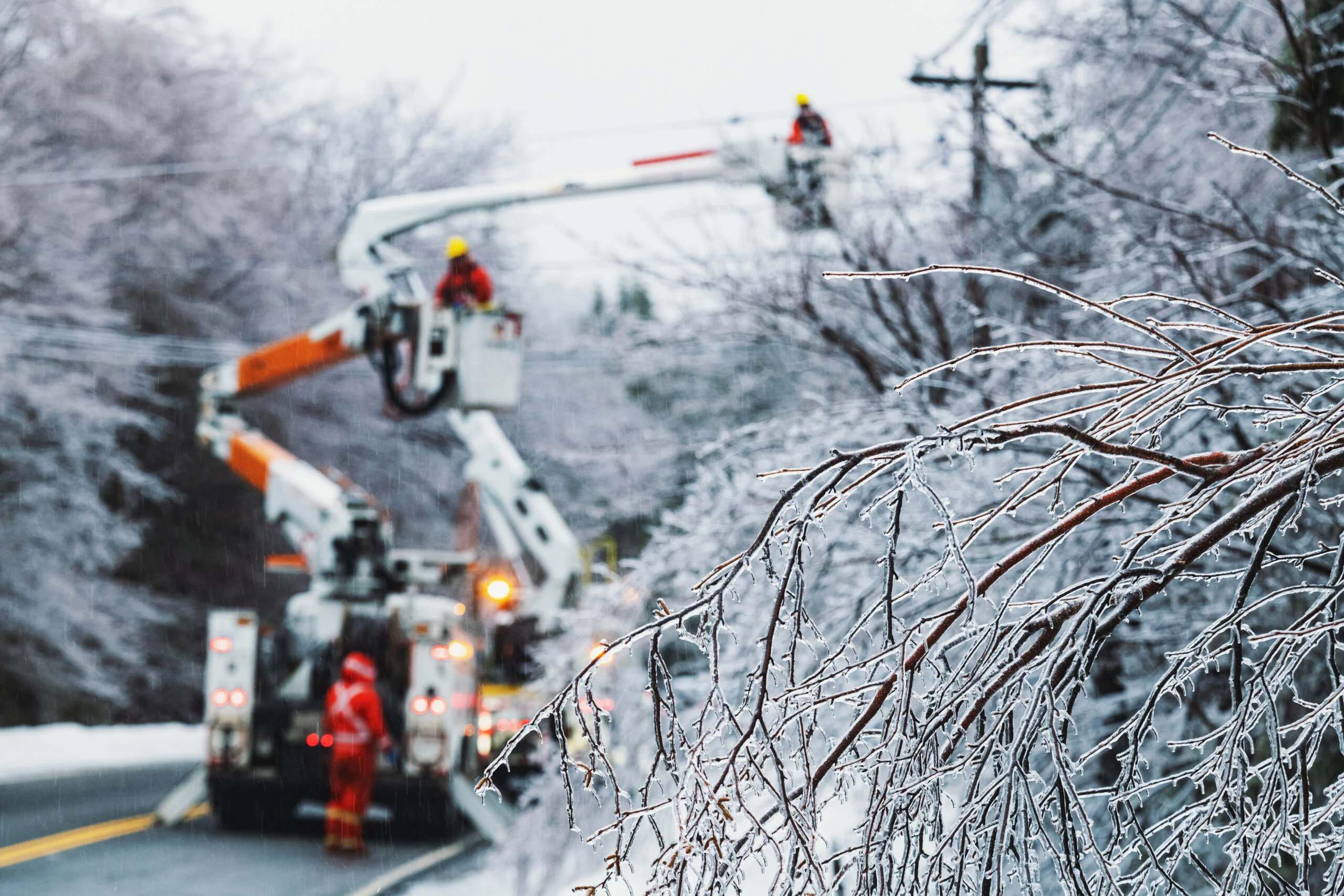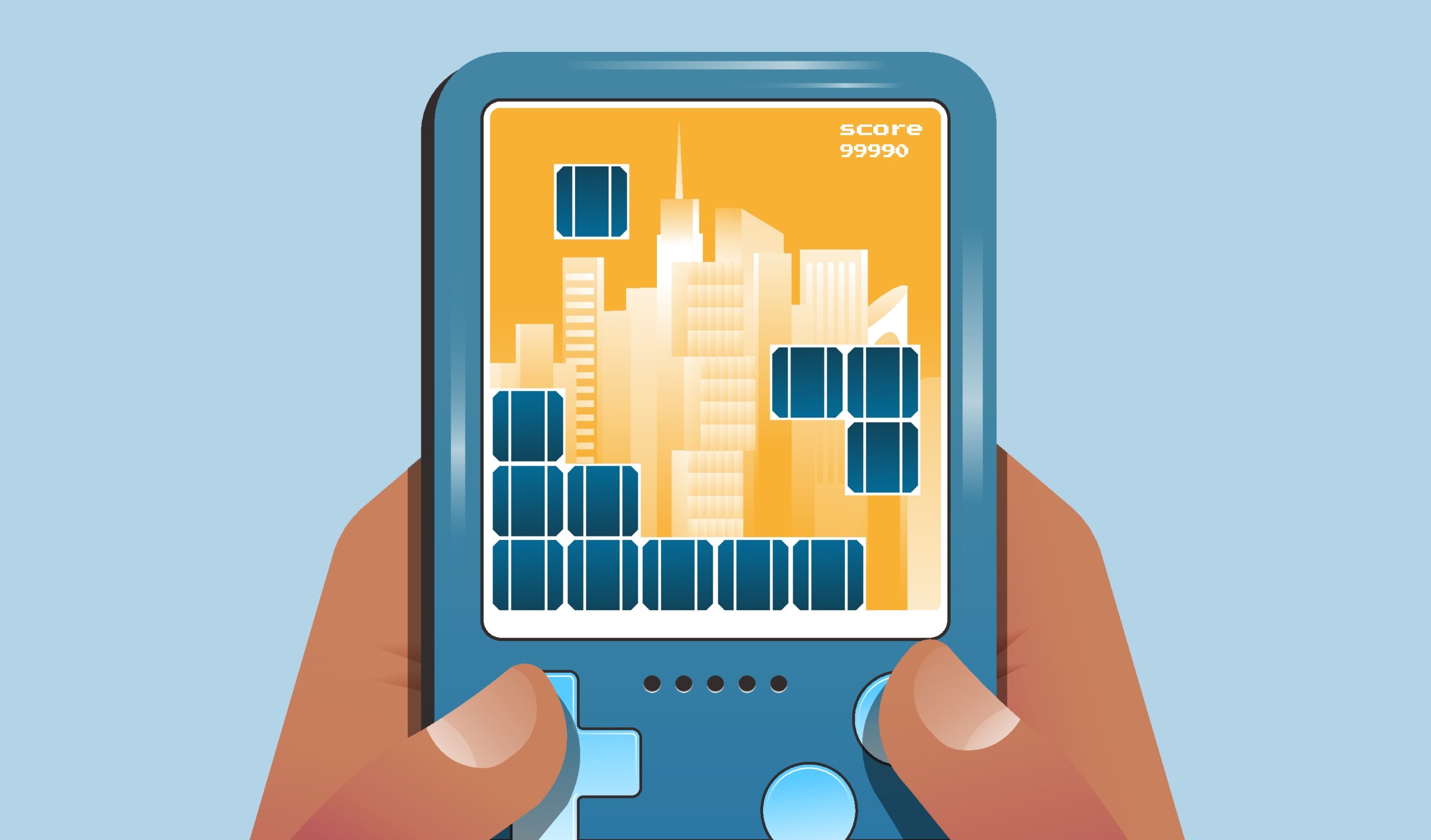The effects of climate change have proven particularly evident over the last decade, as the last nine years were the hottest on record, a trend that appears primed to continue. In fact, July 22, 2024, was marked as the hottest day ever recorded in human history, further indicating that rising temperature extremes have only just begun. But rising temperatures is only one of several visible effects of climate change, which includes the erratic weather behavior that has caused an increase in volatile weather events or cold snaps in regions that aren’t typically prone to extreme bouts of cold. These challenges have confounded utility operators who must balance the irregularities brought on by climate change with global decarbonization and electrification efforts. As such, demand response has risen as one of the most prominent load management conservation tools for utilities to meet demand while flexibly defraying high peak energy costs. Find out how these same demand response programs are just as effective in the winter and the summer.
What is Demand Response?
If you’re reading this, you likely know that demand response is one of several demand flexibility strategies that include EV managed charging, BYOD programs, and virtual power plants to name a few possibilities. The oldest utility customer program, demand response is a conservation tactic that calls upon program participants to curtail usage during peak periods of demand. For example, a typical demand response program may run on an incredibly hot day, where demand is higher than normal, requesting that enrolled customers shift their thermostat temperature to decrease total load, which, in the aggregate, decreases the amount of energy needed during peak demand.
Another way to think about it is this: heating and cooling systems are a literal tool to terraform your home environment, to “condition” your home to your preferred temperature. Heating and cooling account for a significant portion of any energy bill, across residential, commercial, and industrial properties. As such, demand response differs from these high-energy needs by curtailing demand through concerted device aggregation.
Initially, demand response utilized primitive radio switches, first a one-way signal that would turn a device off (but leave turning it back on up to the enrolled party) and later as a two-way signal that could turn devices on and off. Fortunately, through the Internet of Things (IoT) and the proliferation of Wifi-enabled distributed energy resources (DERs) like solar, battery, electric vehicles and EVSE, and smart home devices like thermostats and water heaters, utilities can simply decrease temperatures during a set demand window, minimizing any potential customer disruptions.
Demand Response & DERMS
As with any demand flexibility program that leverages behind-the-meter distributed energy resources (DERs), demand response relies on a distributed energy resource management system (DERMS). DERMS primarily appear in one of two forms:
- Grid DERMS – A distributed energy source management system designed to control utility-owned energy assets like solar fields or battery installations.
- Grid-Edge DERMS – A system designed to manage the behind-the-meter DER assets that are increasingly adopted by consumers everywhere.
These two distinctions are necessary both in determining any demand flexibility initiative, and in how these platforms can assist utility operators. For many grid operators, Grid DERMS is an effective solution to energy insecurity by providing access to reliable renewable energy sources. By contrast, Grid-Edge DERMS is used to manage any number of otherwise disparate behind-the-meter distributed energy resources, assets that are intermittent at times, and unreliable depending on customer response. Fortunately, recent innovations like Topline Demand Control can optimize these resources using artificial intelligence, model predictive control, and forecasting to produce a reliable outcome during demand flexibility programs.
Winter Demand Response
While historically summer has proven to have the highest demand, that is changing. As of 2022, there were more than 10m residential customers enrolled in demand response programs. These programs have yielded the majority of the 30-60 GW of virtual power plant capacity currently available in the U.S., although that same report suggests that utilities need to boost capacity to between 80-160 GW of VPP capacity by 2030 to keep pace during the energy transition. So why are we sharing these statistics? To demonstrate that demand response is already viable and already deployed in millions of U.S. residences; your DERMS can access these assets at any time of the year, not just during the warmer summer months.
Like demand response programs that run in the summer months, winter demand response is designed to conserve energy during periods of peak demand through concerted, aggregate conservation. For example, the American Council for an Energy-Efficient Economy (ACEEE) found that winter demand response programs could have saved Texas utilities 23.5 GW, saving billions in new gas costs in 2023. Since the winter of 2021, electric utilities in the state of Texas have become more resilient, using demand response and other demand flexibility strategies to minimize outages during unexpected cold snaps.
The Value of Winter Demand Response
Already, extreme weather outages are leading to higher occurrences of power outages. These outages have proven calamitous to affected communities, and utilities have responded accordingly both to guard against energy insecurity, but to defray the high costs associated both with infrastructure upgrades and peak energy costs. For unexpected increases in demand, utilities may employ the use of dirty and expensive peaker plants, or attempt to resurrect a zombie power plant, both of which are costly and inefficient. Likewise, many utilities may purchase peak energy costs, which is equally cost-prohibitive.
Winter demand response avoids these pitfalls through concerted load flexibility. Through demand response, utilities can shift load to off-peak hours of usage by curtailing and/or defraying consumption during a set demand window. Since all demand flexibility programs are managed through a distributed energy resource management system (DERMS) and these systems operate irrespective of season, demand response is a year-round opportunity for utilities.
Beyond the obvious bids to minimize high costs and mitigate potential power outages, winter demand response programs are useful in energy markets as a strategy to decrease the overall average energy consumption. For example, coincident peak demand is a strategy that some utilities and regulators employ in establishing rate design; by minimizing usage, the overall average of energy costs through energy markets in turn decreases.
Winter Demand Response Conclusion
Whether employed to enhance grid reliability, defray high energy costs, or meet customer satisfaction, demand response is a proven strategy. While demand response has historically helped during warm summer months, the erratic weather patterns and unpredictable temperature extremes have demonstrated a need for load flexibility throughout the year. Especially as electrification efforts continue, the need to shift load during peak times of consumption remains relevant in all seasons.
Communicating the opportunities that winter demand response provides while also ensuring customers remain in control of their environment is crucial to the buy-in needed to further develop your winter demand response programs. Don’t get caught out in the cold this winter: the DERMS you use for all of your distributed energy resource programs can help all year round.





